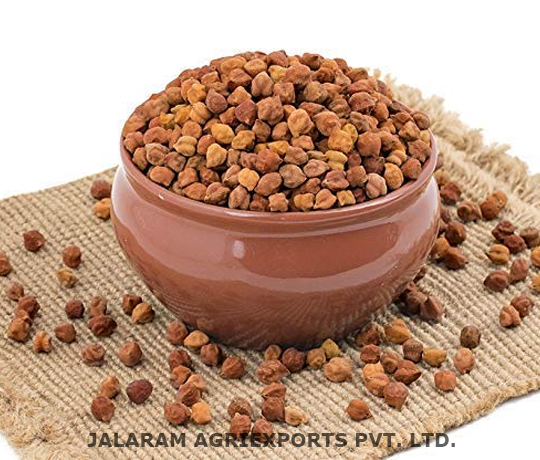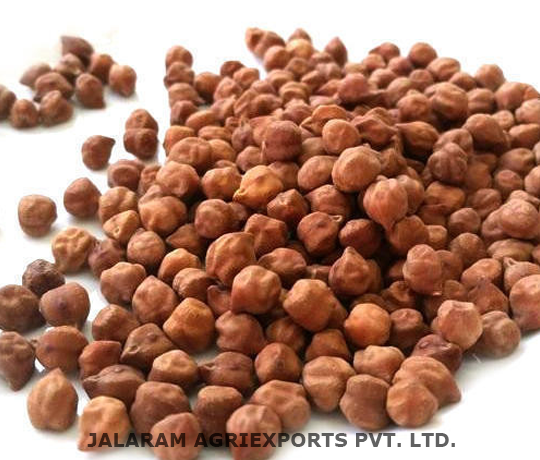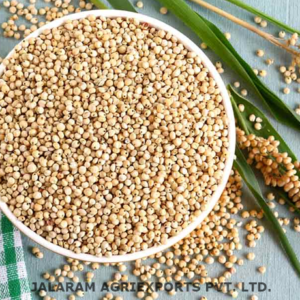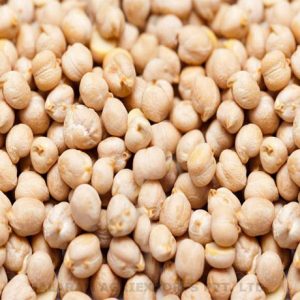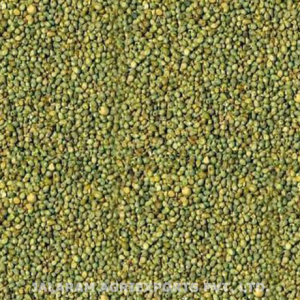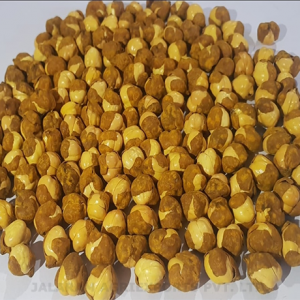Black and brown chickpeas, also known as Desi chickpeas, are small in size, typically measuring around 6 to 7 millimetres in diameter. They have a thick, rough outer skin that ranges from dark brown to black in colour.Compared to the larger, smoother Kabuli (white) chickpeas, these varieties have a firmer texture and a more earthy, nutty flavour. Desi chickpeas are commonly used in traditional South Asian cuisine and are known for their high protein and fibre content.
These chickpeas originated in South Asia and are well-suited to semi-arid climates. They are generally sown in India between October and November, following the monsoon season. The harvest period typically falls between February and April. As a hardy crop, black and brown chickpeas are ideal for regions with low water availability and are often used in crop rotations due to their ability to fix nitrogen in the soil.
India is the largest producer of Desi chickpeas in the world, contributing over 70% of global production. The crop is widely cultivated across several Indian states, including Madhya Pradesh, Maharashtra, Rajasthan, and Uttar Pradesh. India also plays a major role in the global trade of chickpeas. While a large portion of the production is consumed domestically, India is among the top exporters of Desi chickpeas, supplying to markets in the Middle East, Africa, and parts of Southeast Asia.


